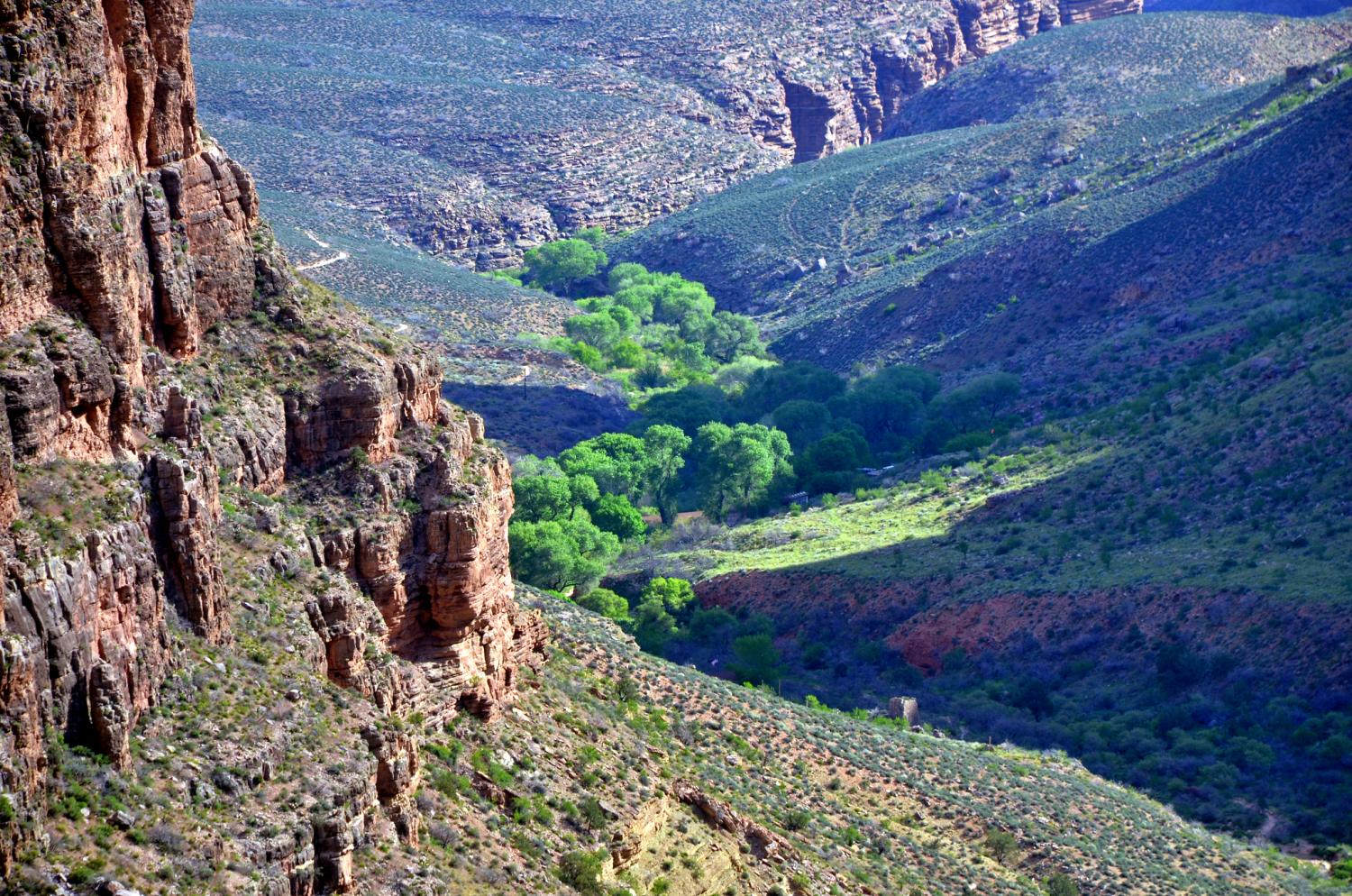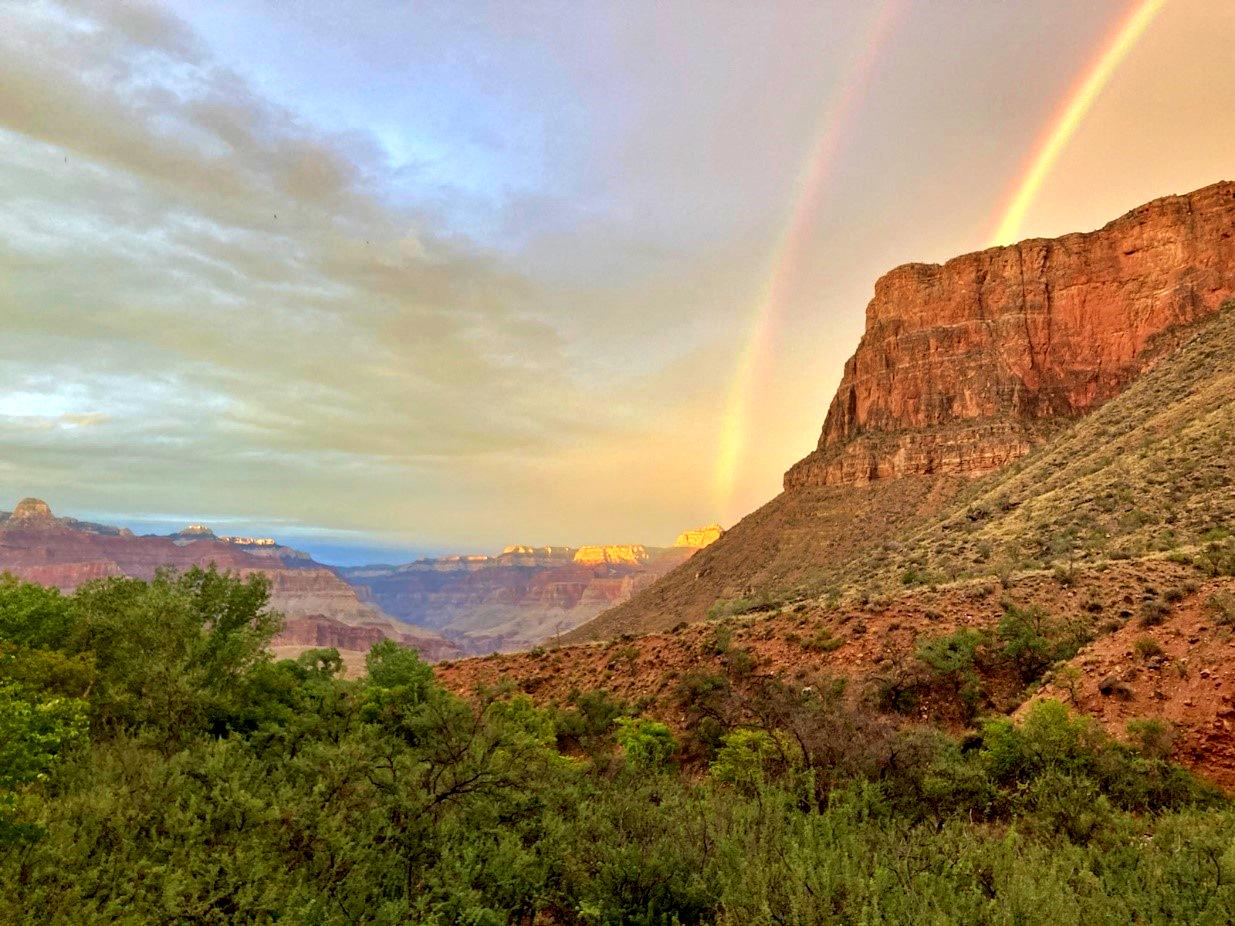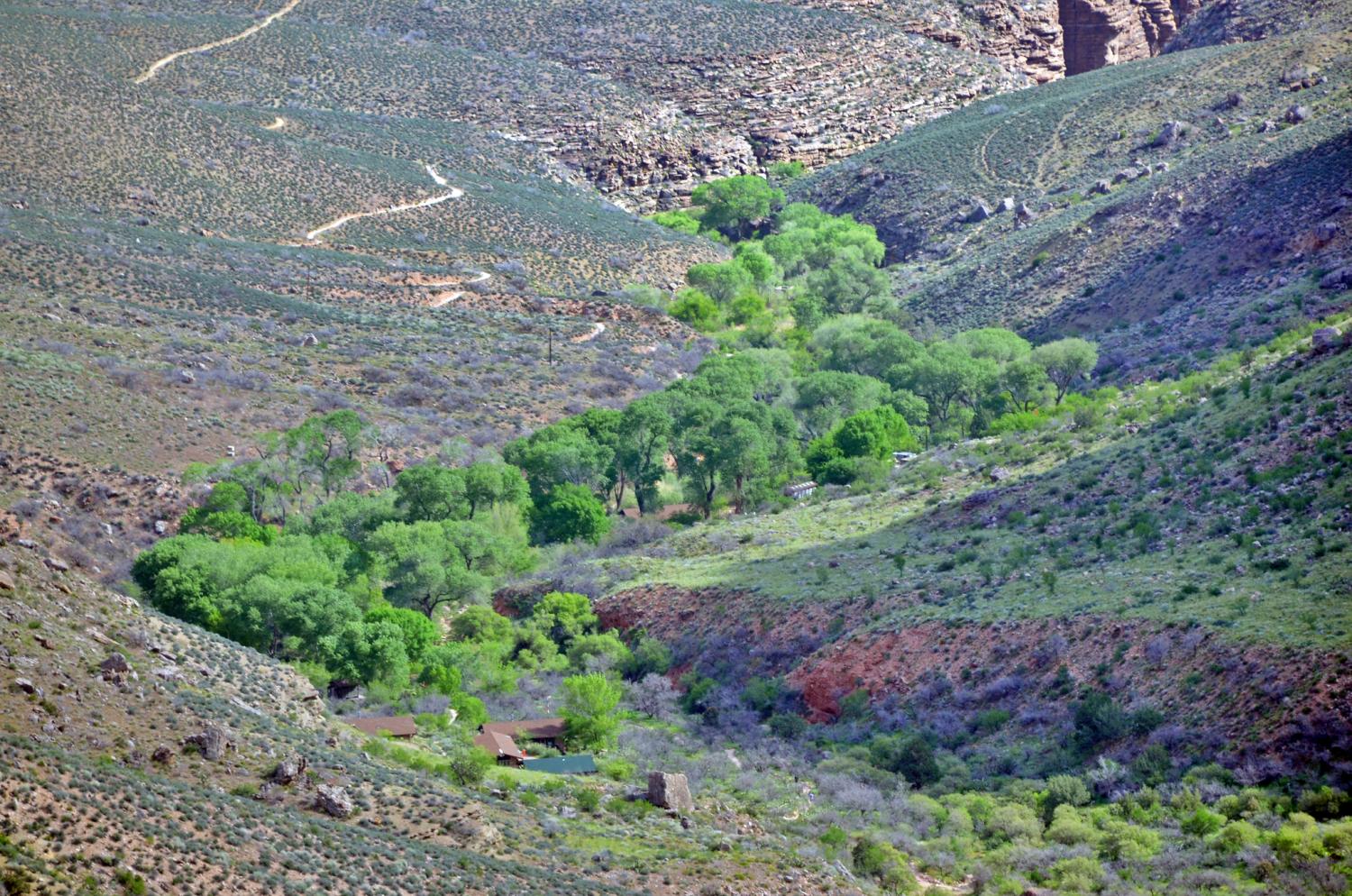Grand Canyon National Park Rights A Historic Wrong

A popular spot on the Bright Angel Trail in Grand Canyon National Park has gotten rid of its former “offensive name.” Previously known as Indian Garden, the location has been renamed Havasupai Gardens out of respect for the Havasupai tribe who had been there for generations.
Grand Canyon National Park renames Indian Garden
Arizona’s Grand Canyon National Park has put right a historic wrong. A popular spot on the Bright Angel Trail has until recently been dubbed Indian Garden. Almost 100 years ago, the Havasupai tribe, who had been there for generations, was removed from the inner rim canyon area by National Park Service’s policies. Once they were removed, the area, previously known to the Havasupai as Ha’a Gyoh, was renamed Indian Garden.

However, out of respect to the Havasupai tribe, the Grand Canyon National Park has been renamed Havasupai Gardens. Ed Keable, the park’s superintendent said in a statement:
The Grand Canyon National Park team was proud to work alongside the Havasupai Tribal Council in our joint effort to rename this culturally significant location.
The Havasupai people have actively occupied this area since time immemorial, before the land’s designation as a national park and until the park forcibly removed them in 1926. This renaming is long overdue. It is a measure of respect for the undue hardship imposed by the park on the Havasupai people.
Change of name comes in National Native American Heritage Month
The Grand Canyon National Park couldn’t have picked a better time to right this historical wrong, as November is National Native American Heritage Month.
CNN quotes Havasupai Tribe Chairman, Thomas Siyuja, Sr. as saying in a statement:
Every year, approximately 100,000 people visit the area while hiking the Bright Angel Trail, largely unaware of this history.
Siyuja called the former name “offensive,” adding that renaming this sacred place to Havasupai Gardens will “finally right that wrong.”
Other destinations righting historical wrongs
A number of other destinations in North America have made amends for the past by changing offensive names. One is the Olympic skiing venue in California, formerly known as Squaw Valley Alpine Meadows Resort. It also changed its name in 2021 and is now known as Palisades Tahoe. In that case, the area management acknowledged the “racist, sexist” history of the word “squaw.” It then asked members of the local Washoe tribe to choose a new name.
Meanwhile, Jasper National Park in Canada formerly had accommodations known as Pocahontas Cabins. This property was renamed Miette Mountain Cabins earlier this year. Parks Canada had been working with the Jasper Indigenous Forum to implement the name change.
Moreover, signs have already been changed to reflect the new Havasupai Gardens name, with a rededication ceremony planned for spring 2023.
About Havasupai Gardens (formerly Indian Garden)

According to the Grand Canyon National Park, the Havasupai Gardens Campground (CIG), is located on the Bright Angel Trail. The park describes this as a beautiful riparian area filled with cottonwood trees. Meanwhile, a small creek also passes through the area on the way to the Colorado River.
Havasupai Gardens is 4.8 miles below the South Rim and has a ranger station, emergency phone, campground, and year-round potable water and toilets.
Havasupai Gardens Campground has a number of campsites, all with a picnic table, pack pole and metal food storage can. According to the park, all food, toiletries and plastics must be placed inside the storage can. It is also necessary to obtain a backcountry permit to camp there from the NPS official website here.
